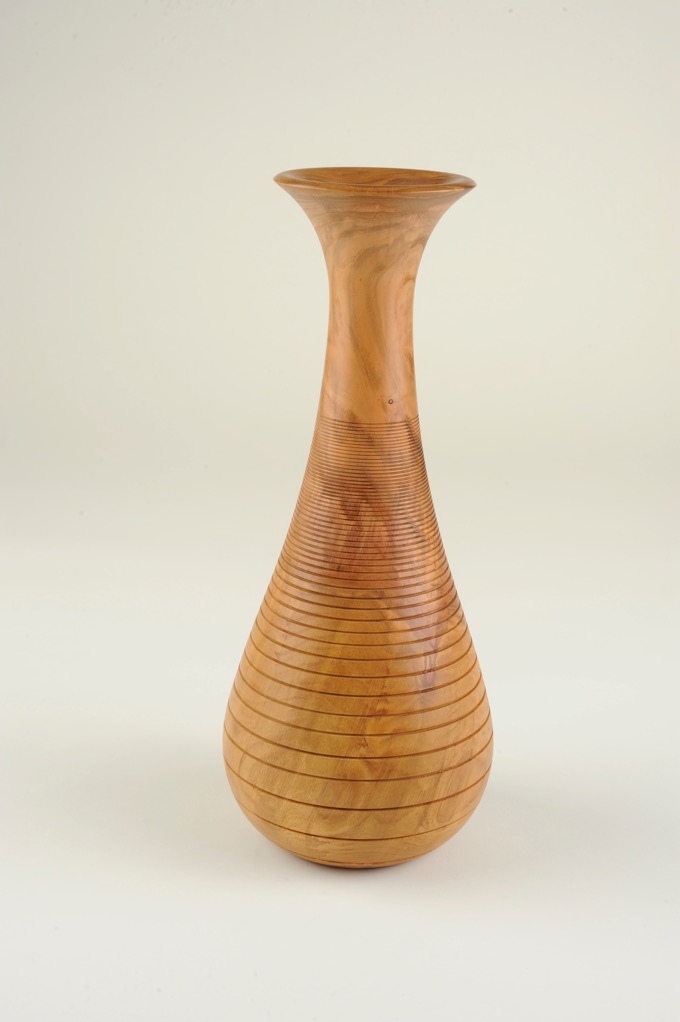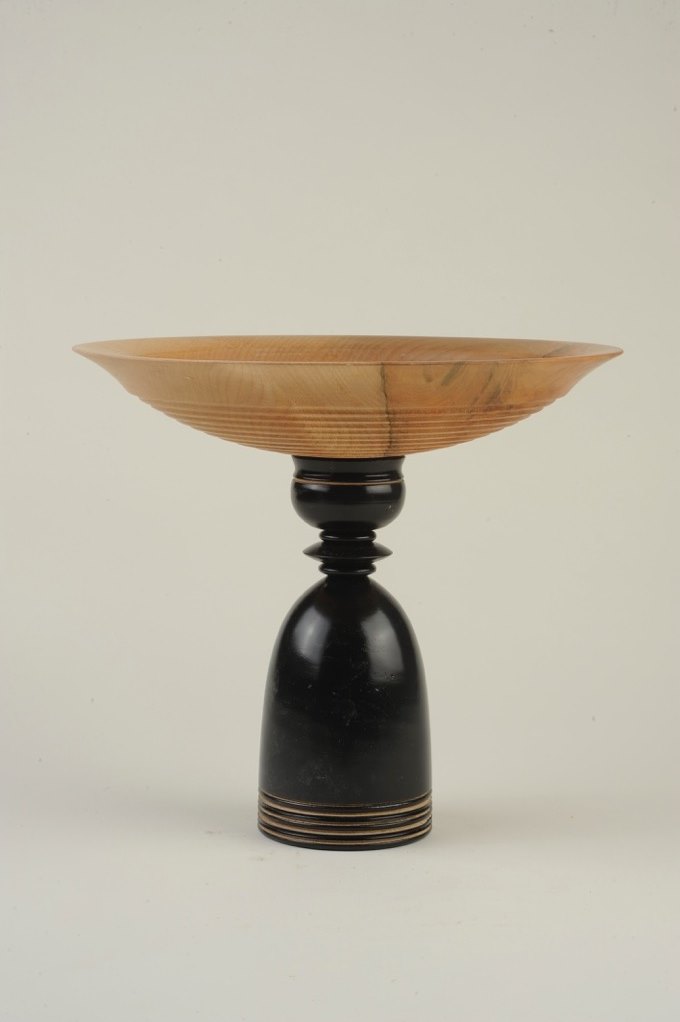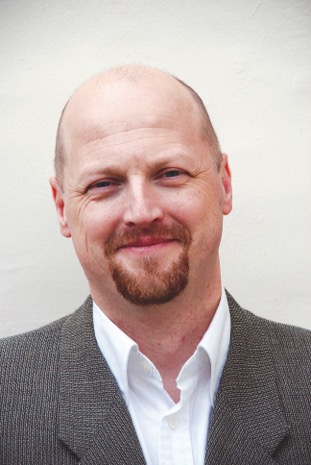
On leaving school, Mark Baker worked as a carpenter and joiner and for a local building company for five years. The work was varied and covered all the usual things but also included working on listed buildings, those which had historical importance (and were thereby protected) and timber-framed houses. After a brief spell working with a metal fabrication company working with copper, brass, aluminium and steel, some of which was handcrafting, he went to work for a local charity to help set up craft workshops for autistic adults. He obtained teaching qualifications for teaching adults with special needs and helped develop a vibrant, fun and highly focused learning environment. After this Mark went on to be a product manager at Robert Sorby in Sheffield and after three years there was approached to be Editor of Woodturning magazine. He went on to be Group Editor for all the woodworking magazine titles at GMC. After seven years he left GMC and took up the position of Managing Director at Hegner UK, but continued some freelance work on Woodturning magazine whilst away. He returned to GMC publications after two years at Hegner UK and resumed his position as Group editor for the four woodworking magazines and currently directly edits both Woodturning and Woodcarving magazines.
Mark loves working with shapes exploring form and seeing what can be done with them. The classical and ancient forms feature heavily in Mark’s work but he always tries to develop and tweak things further. He is very conscious of the woods selected, going a long way to find specific woods and cuts to maximise both the forum and the look. At times he uses colour and texture to enhance work and is always trying new things.
Mark has demonstrated extensively at clubs, symposia and other shows and events in the USA, Canada, UK and mainland Europe and has written numerous articles, and three books on woodturning: Woodturning: A Workshop Guide to Shapes, Wood for Woodturners and recently a new book / DVD combination called Woodturning: A Craftsman’s Guide.
Lidded Vessels
Lidded vessels are fascinating because they can be created in various sizes and can be functional, decorative or ceremonial. The beauty of these tackling these projects is that they can be created from either faceplate or endgrain - orientated wood. There is something mysterious about such items – you never quite know what is inside – and the opportunities for design and enhancement are endless. Mark will create a lidded vessel using one block of wood and will describe the tools and processes to shape the piece – including a simple coring process - and options for further design and inspiration and will explore ways to individualise each piece.
A tazza is nothing more than a bowl or platter on a pedestal, traditionally created in wood, stone, metal or glass. Having said that, getting the two parts to work together is the key to create these forms. Mark will combine both spindle and faceplate work to create a classically-inspired tazza. He will explain the fundamentals of the spindle-turned pedestal and impart some problem-solving tricks, and then go on to create a bowl or platter top section with some simple decoration.
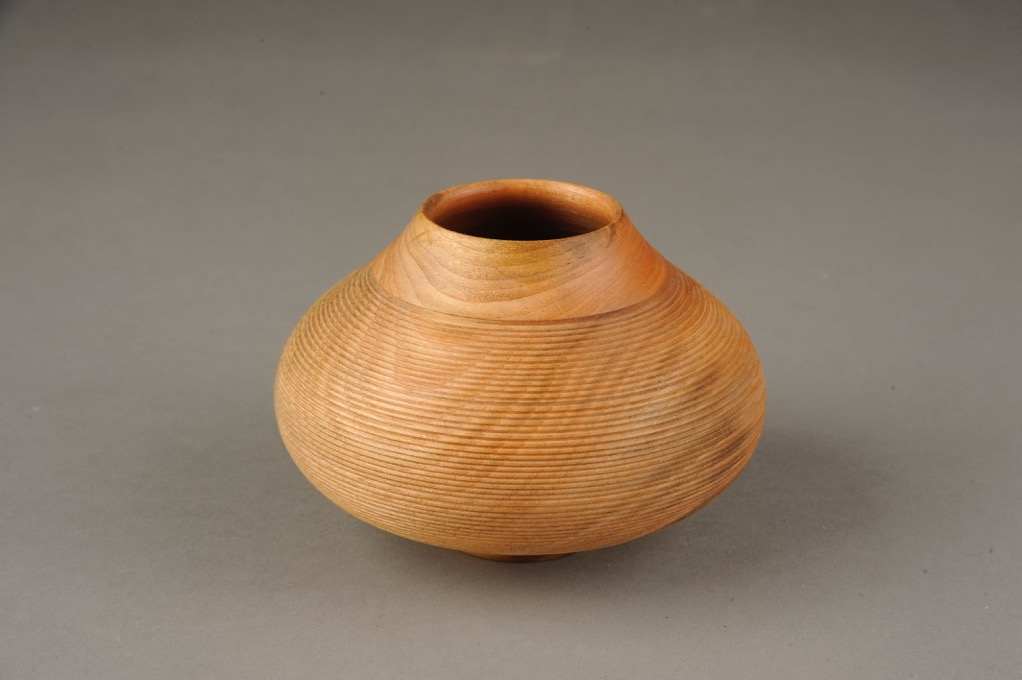
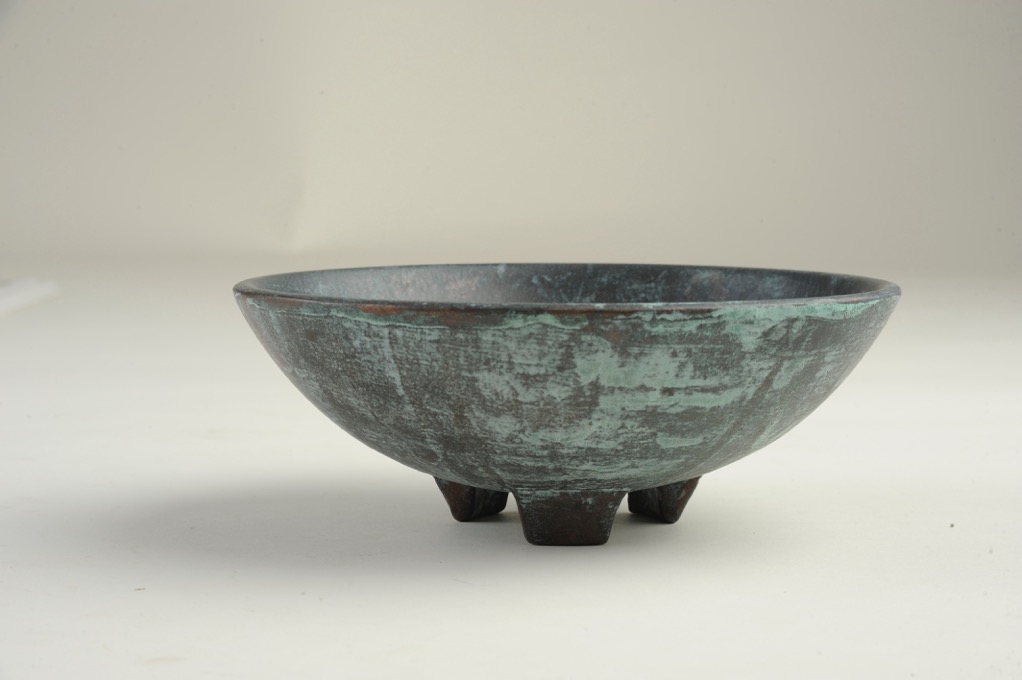
Mark will show how he creates bowls based on shapes straight out of ancient times. Having spent many hours doing research in museums, poring over the forms and surface enhancements. He will share his techniques for bowl design, proportions, turning and looking at ways of turning or carving to add that extra something regarding tactile and visual enhancement.